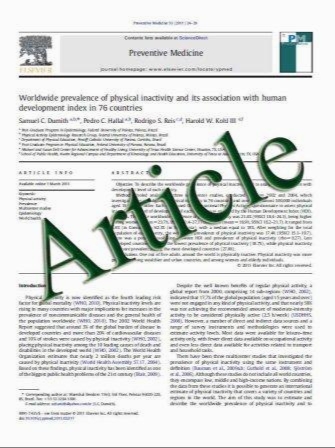Risk factors and prevention of bad splits during sagittal split osteotomy
- نوع فایل : کتاب
- زبان : انگلیسی
- مؤلف : Bruno Ramos Chrcanovic & Belini Freire-Maia
- چاپ و سال / کشور: 2011
Description
Purpose One of the operative complications of the sagittal split osteotomy of the mandible is a bad split, which describes an unfavorable or irregular fracture of the mandible in the course of the osteotomy. The purpose of this study is to identify previous studies which reported incidences of bad split occurrence during sagittal split osteotomy and to discuss its mechanisms and risk factors, based on a literature review, in order to minimize their occurrence. A few illustrative cases are also presented. Methods An electronic search was undertaken in January 2011. The titles and abstracts from these results (n=363) were read for identifying studies which reported incidences of bad split occurrence during sagittal split osteotomy procedures. Results Twenty-one studies were identified and assessed. The incidence of bad splits from these studies varied between 0.21% and 22.72%. The buccal plate of the proximal segment and the posterior aspect of the distal segment were the most affected areas. Discussion The surgical patient should be evaluated according to age and the presence of unerupted/impacted third molars. Prevention is focused on adequate osteotomy design, eliminating sharp angle where abnormal stress occurs on bony segments, completion of adequate cuts into the retrolingular depression and through the inferior border, and careful separation of the segments. The SSO is an extremely technical and sensitive procedure, and careful attention will probably prevent most unfavorable splits. If a fracture occurs, the fractured segments should be incorporated into the fixation scheme if possible. The occurrence of bad splits cannot always be avoided. When adequately treated the chances of functional success are good.
Oral Maxillofac Surg DOI 10.1007/s10006-011-0287-4 Received: 15 January 2011 / Accepted: 3 August 2011


